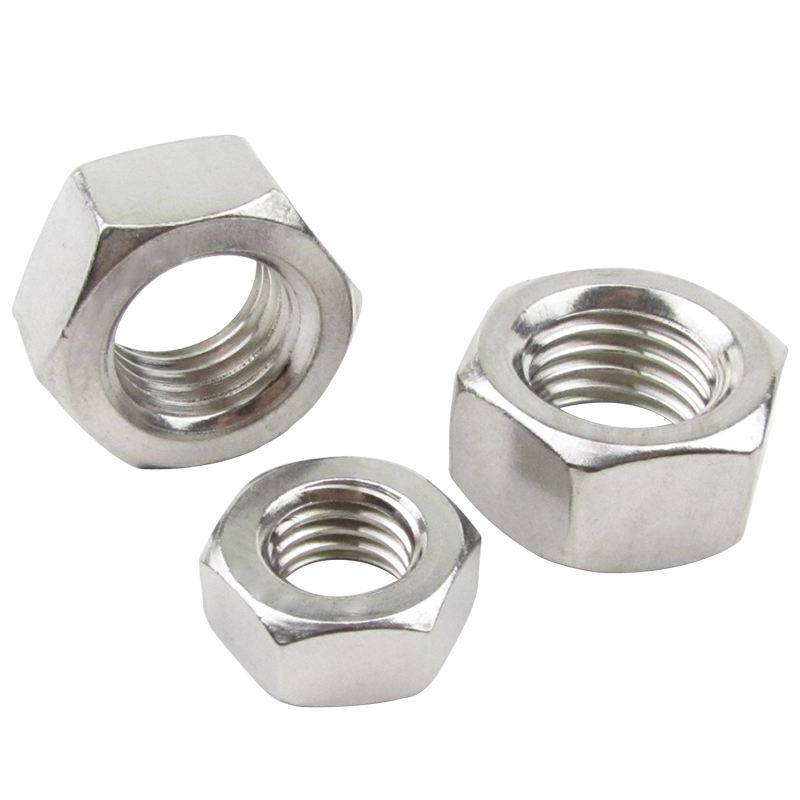

What is a fastener?-insulation fasteners
Apr . 10, 2024 15:10 Back to list
What is a fastener?-insulation fasteners
What is a fastener?
Fasteners are an all-encompassing term for mechanical parts tools that are widely used to fasten connections. These products include screws, bolts, nuts, etc. In addition, they have a standard function of enabling objects to be mechanically attached. Fasteners help to hold things together mechanically.
So what exactly is a fastener? This prompts us to expand on our initial definition. Fasteners are those products that help to hold objects together in a mechanical manner.
You might say that glue can effectively perform this function as well. There is also a broader classification into permanent and non-permanent fasteners. In general, fasteners are considered to form non-permanent joints. That is, you should be able to separate two parts that are joined with a fastener. Although these parts are separated, they cannot suffer any damage. An exception to this rule is riveting, which is a permanent fastener.
Fasteners are widely used in energy, electronics, electrical, mechanical, chemical, metallurgical, mold, hydraulic, and other industries. Various pins can be found in machinery, equipment, vehicles, ships, railroads, bridges, buildings, structures, tools, instruments, chemicals, and supplies. They are the most widely used essential parts of machinery. They are characterized by diverse specifications, properties and uses, standardization, serialization, and high versatility. Therefore, some people call a fastener with national standards as standard fasteners or simply standard parts.

Application range of fasteners
The fastener is widely used in fastening and connecting mechanical parts. Various fasteners can be seen in various machinery, equipment, vehicles, ships, railroads, bridges, buildings, structures, tools, instruments, apparatus, and supplies.
They are characterized by diverse specifications, performance and usage, standardization, serialization, and high versatility. Therefore, some people call a fastener with national standards as standard fasteners or simply standard parts. Fasteners are the most widely used mechanical foundation parts.
With China’s accession to the WTO in 2001, China has entered the ranks of large international trading countries. Many Chinese fastener products are exported to other countries in the world, and fastener products from other countries in the world keep pouring into the Chinese market.
Fasteners are one of the products with large import and export volumes in China. It is of great practical and strategic significance to realize the integration with the international market, promote Chinese fastener enterprises to the world, and promote fastener enterprises to participate in international cooperation and competition fully. Due to the specific specifications, dimensions, tolerances, weight, performance, surface condition, identification methods, acceptance inspection, identification, and packaging.

Testing instruments commonly used in the production of fasteners
Quality control is the most critical aspect of fastener development and design. There are several gates from the incoming material to the delivery of the finished product with different inspection methods. First, the incoming material is related to the appearance, size, elements, performance, harmful substances testing, etc.
Second, the process relates to appearance, size, knockdown test, forging line; heat treatment refers to appearance, hardness, torque, tension, metal level; surface treatment relates to hydrogen embrittlement test, coating, salt spray, etc. The surface treatment is related to hydrogen embrittlement test, coating, salt spray, etc., including testing harmful substances at delivery. In the dimension and appearance testing, there are standard quadruple meter, contour meter, CMM, and image sorting machine (which is the total sorting machine); in the mechanic-chemical testing, there is mainly hardness machine (Rockwell and Vickers), tensile machine, and metallographic microscope; in the material testing, there are spectral analyzer and salt spray tester.
Latest news
-
Hot Dip Galvanized Bolts-About LongZe|High Strength, Corrosion Resistance
NewsJul.30,2025
-
High-Strength Hot Dip Galvanized Bolts - Hebei Longze | Corrosion Resistance, Customization
NewsJul.30,2025
-
Hot Dip Galvanized Bolts-Hebei Longze|Corrosion Resistance&High Strength
NewsJul.30,2025
-
High-Strength Hot-Dip Galvanized Bolts-Hebei Longze|Corrosion Resistance&High Strength
NewsJul.30,2025
-
Hot Dip Galvanized Bolts-Hebei Longze|Corrosion Resistance&High Strength
NewsJul.30,2025
-
Hot Dip Galvanized Bolts - Hebei Longze | Corrosion Resistance, High Strength
NewsJul.30,2025


